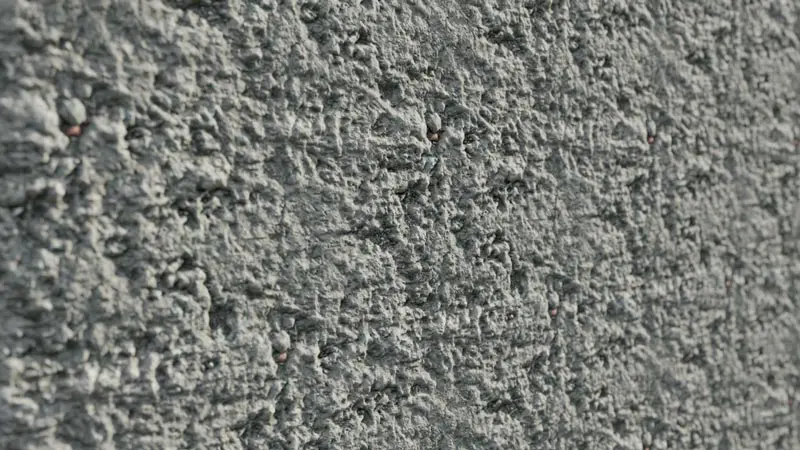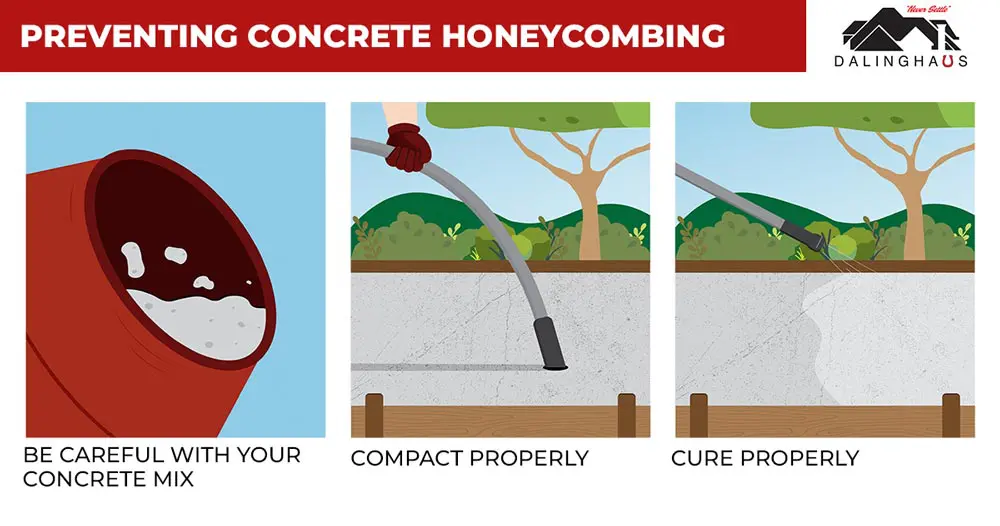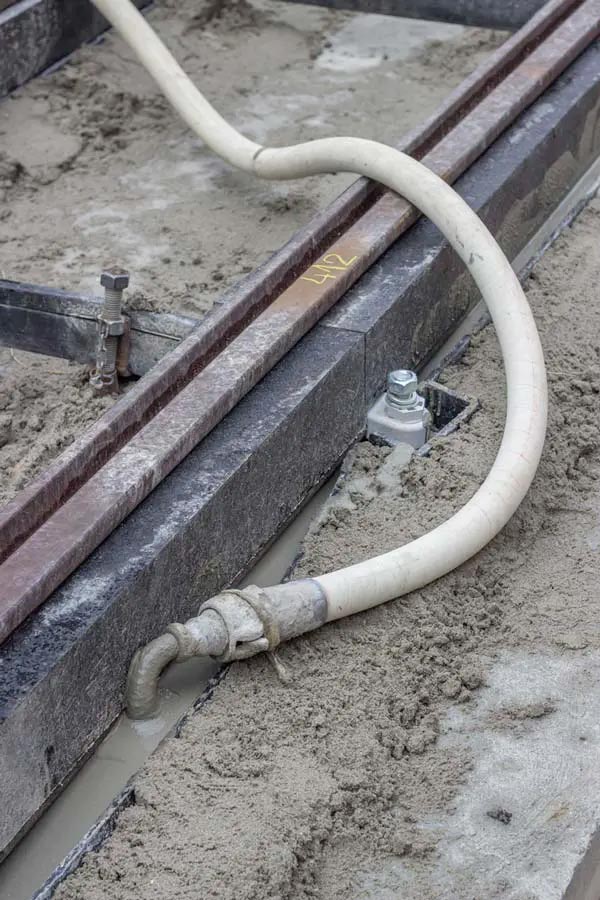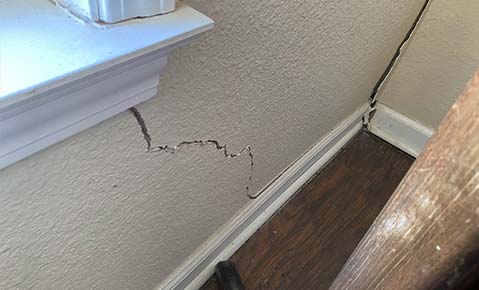Looking for information about honeycomb in concrete? If so, don’t hit that back button because you’ve landed on the right page. In this article, we’ll review honeycomb in concrete, what causes concrete honeycombing, the effects of honeycomb in concrete, preventing honeycombing, and more.
What Is Honeycomb in Concrete?

Honeycomb is a term used in the concrete construction field and refers to voids or cavities that appear on the surface or within the concrete structure. Honeycombing can weaken concrete and make it more vulnerable to damage or failure over time, a significant concern for construction projects.
What Causes Honeycomb in Concrete?
Several factors can contribute to the formation of honeycomb in concrete, including the following:
- Improper compaction – Concrete compaction is compressing it to remove any trapped air bubbles or voids. Concrete must be adequately compacted to increase its density and make it stronger and more durable. If concrete isn’t compacted properly, it can result in honeycombing.
- Too much water – Honeycombing can occur when the water-cement ratio exceeds the recommended level, as it increases the likelihood of the water remaining in the mixture and causing voids.
- Improperly designed formwork – Issues with the formwork used for casting the concrete can also contribute to honeycomb development. If the formwork isn’t correctly designed, achieving an even distribution of the concrete mix may be challenging, leading to irregularities and voids within the structure.
How Does Honeycombing Affect Concrete?
Apart from being an aesthetic defect, honeycomb in concrete can also seriously threaten a structure’s stability. The voids in honeycombed concrete can accumulate moisture, which can lead to the growth of mold, bacteria, and other microorganisms that can weaken the concrete over time. Honeycombing also provides an easy passage for water to penetrate the concrete, causing damage to the steel reinforcement and other embedded components.
Preventing Concrete Honeycombing
Fortunately, honeycombing can be prevented through several measures that can improve the concrete’s workability, compaction, and curing. These include the following:
- Be careful with your concrete mix – The mix design and proportions should be carefully selected to ensure suitable consistency and fluidity for the placement and compaction operations. Using a mix with a low water-cement ratio, well-graded aggregates, and admixtures such as plasticizers, superplasticizers, and air-entraining agents can enhance the flowability and reduce the risk of segregation and bleeding of the concrete.
- Compact properly – Proper compaction techniques should be employed to eliminate voids and entrapped air from the concrete. This can be achieved by using vibrating equipment, such as poker vibrators, that can penetrate the concrete and dislodge air bubbles trapped in the mixture.
- Cure properly – The curing process should start immediately after the finishing and compaction of the surface and should involve the application of appropriate curing agents, such as water, curing compounds, or plastic sheets, to prevent the evaporation of moisture from the concrete. The curing time and temperature should be maintained according to the type of cement and the environmental conditions to achieve optimal results and minimize the risk of cracking and honeycombing.

By following these guidelines, the quality and durability of concrete can be improved, leading to safer and more reliable structures.
For more information about concrete, see Concrete Crack Repair Before And After.
Repairing Honeycombed Concrete

Repairing honeycombing in concrete requires great care and attention, as it involves filling in the voids with fresh material to create a strong, seamless surface.
To begin the repair process, thoroughly clean the surface of the concrete to remove any loose debris or dust. This can be accomplished using a wire brush, a vacuum cleaner, or a power washer, depending on the severity of the honeycombing and the type of concrete used. Once the surface is clean, it is necessary to identify the extent of the honeycombing and determine the best method for filling in the voids.
Grouting
One common technique for repairing honeycomb in concrete is to use a grouting mixture. This involves injecting a specially formulated mixture of cement, sand, and other additives into the voids using a pneumatic or hydraulic pump. The mixture is typically allowed to dry and cure for several days before the surface is smoothed using a trowel. This can create a tight, uniform seal that restores the structural integrity of the concrete and protects it from further damage.
Patching compound
Another option for repairing honeycombing in concrete is to use a patching compound. This involves applying a specially formulated compound to the surface of the concrete, smoothing it over with a trowel or other tool, and allowing it to dry and cure before sanding or buffing the surface as needed. Patching compounds can be an effective option for small or localized areas of honeycomb, but they may not provide the same level of strength and durability as a grouting mixture.
Ultimately, the best method for repairing honeycombing in concrete will depend on various factors, including the severity of the damage, the type of concrete being used, and the structure’s intended use. Consulting with a professional contractor can help ensure the necessary repairs are carried out safely and effectively while minimizing the risk of further damage or deterioration over time.
If you’re concerned about honeycomb in concrete on your property, contact us today to schedule an evaluation and receive a repair estimate. We serve Southern California, Arizona, and Nevada.






